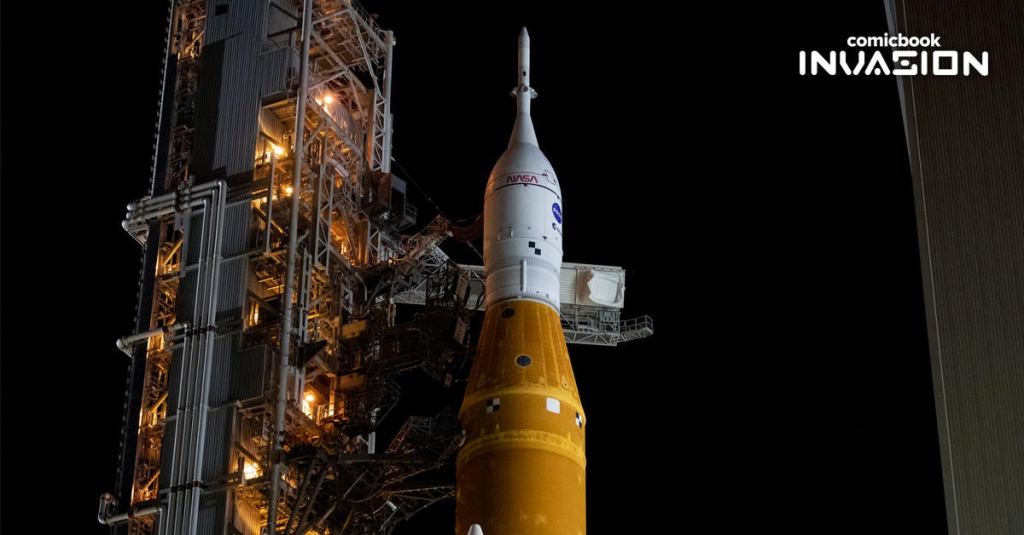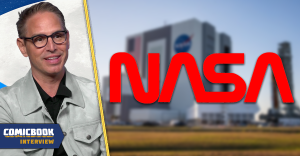Should the weather cooperate and preparations all go to plan, NASA will soon launch one of the most important missions the agency has ever seen. Earlier this month, the Artemis I rocket arrived at its launchpad at the Kennedy Space Center and was given to go-ahead to launch by officials hours later. Now, the mission could launch on its lunar mission on Monday.
Videos by ComicBook.com
Celebrating the mission’s imminent launch, NASA shared a celebratory post on Saturday, thanking the thousands of workers who have helped the mission come to life. Artemis I is made up of the Space Launch System (SLS), a rocket that will propel the Orion spacecraft in a trip around the moon.
The mission is currently set to launch no earlier than 8:33 a.m. Eastern time on Monday, August 29th.
“Though the mission is uncrewed, the Space Launch System (SLS) rocket is NASA’s most powerful rocket, and with the help of the SLS, our Orion spacecraft will travel farther and longer than any ship designed for humans,” NASA says of the craft, which weights in at a staggering 5.8 million pounds.
The agency adds, “No matter where on Earth you call home, we hope you join us in watching the launch and celebrating with our team as humanity continues to look to the Moon and beyond.”
Despite Artemis I being an uncrewed flight, the overall Artemis project is what will see American astronauts land on the moon. Subsequent missions part of the program, beginning with Artemis II, will be crewed. The crew aboard II will perform a lunar flyby test, the first of its kind since 1972. Artemis III, then, will be the first lunar landing missing since Apollo 17. Those missions are set to launch in 2024 and 2025, respectively.
“With Artemis missions, NASA will land the first woman and first person of color on the Moon, using innovative technologies to explore more of the lunar surface than ever before,” the official Artemis program mission statement reads. “We will collaborate with commercial and international partners and establish the first long-term presence on the Moon. Then, we will use what we learn on and around the Moon to take the next giant leap: sending the first astronauts to Mars.”
Cover photo by Joel Kowsky/NASA via Getty Images





